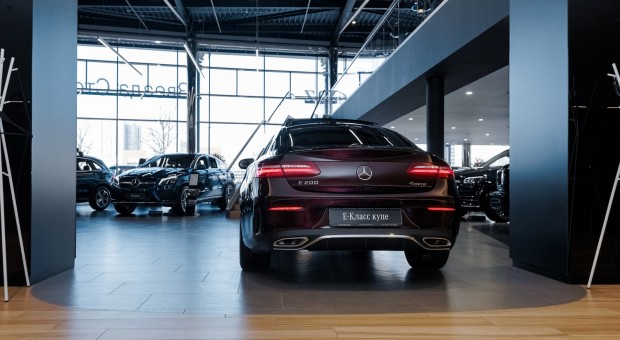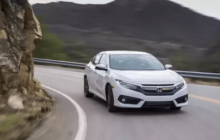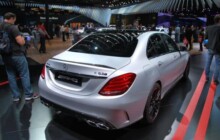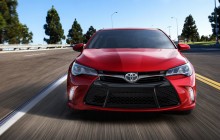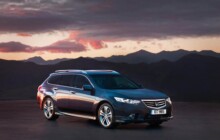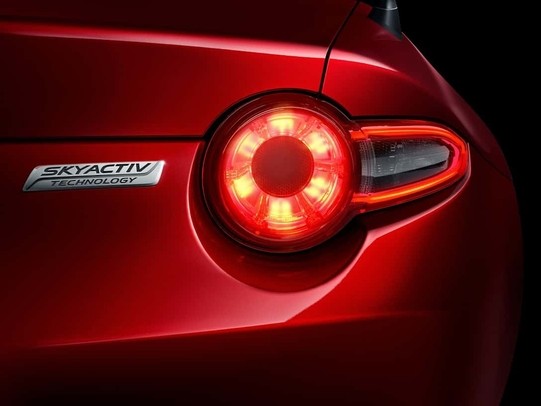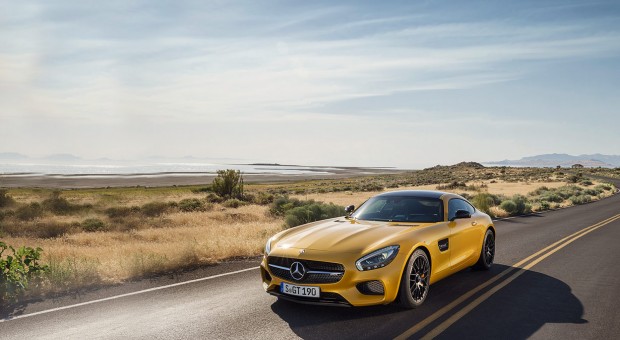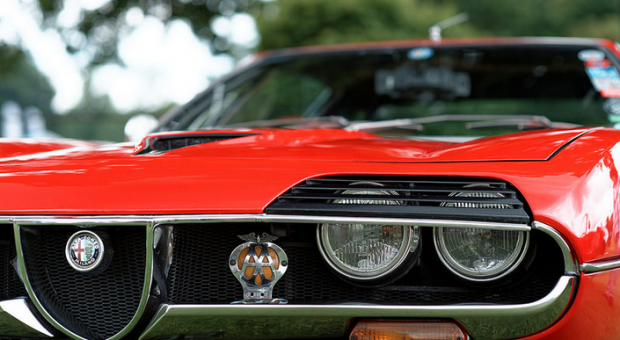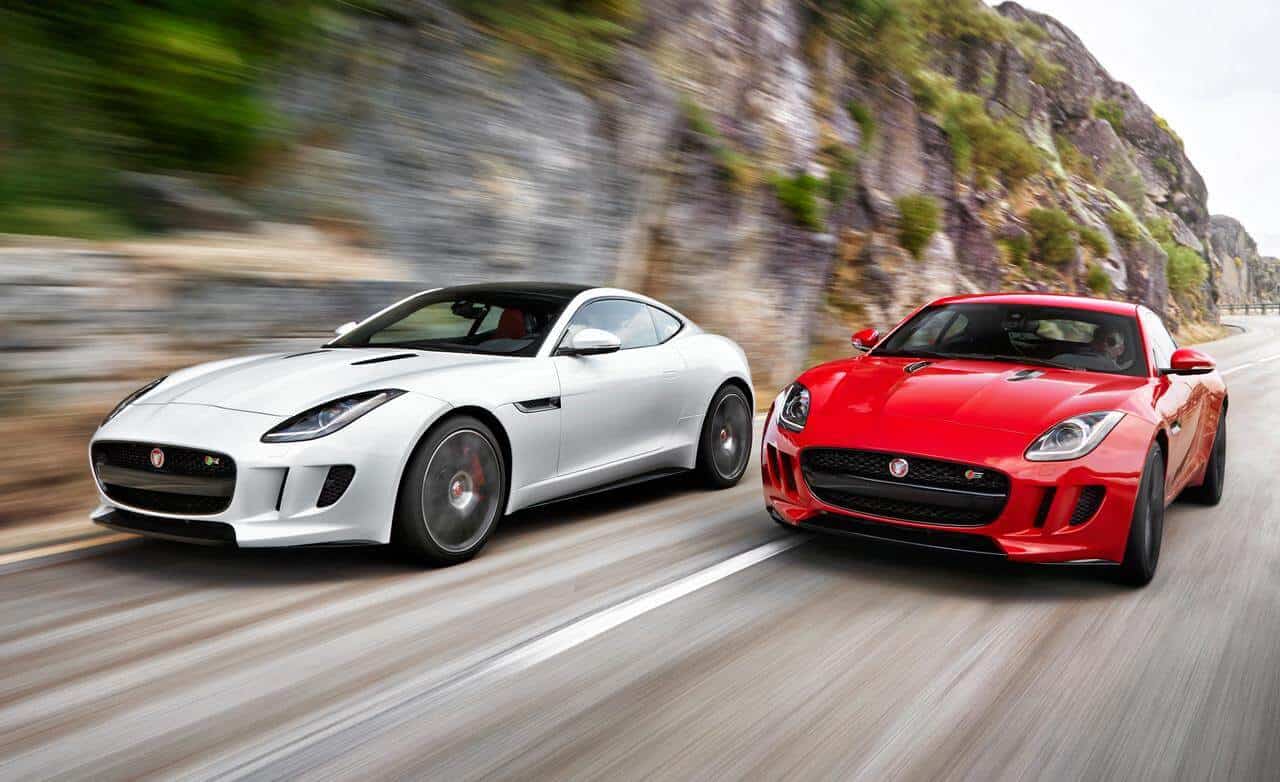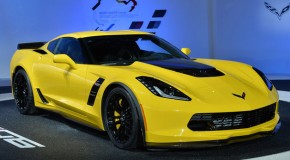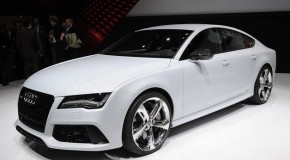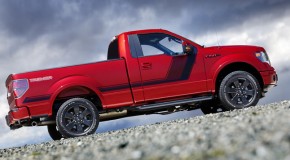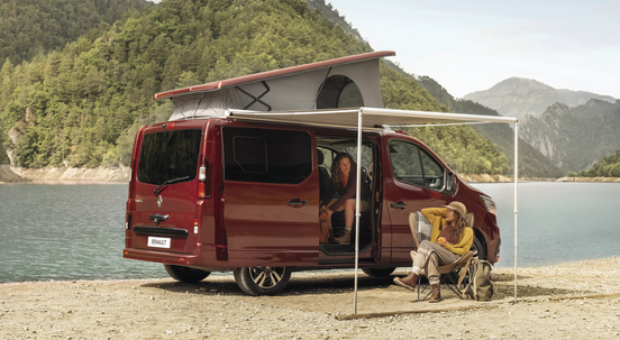
In the grand tapestry of human invention, few creations have reshaped our world as profoundly as the automobile. From the first horseless carriages to today’s autonomous electric vehicles, cars have not merely been modes of transportation; they have been vessels of freedom, symbols of innovation, and catalysts for change. This exploration delves into the profound impact cars have had on society, culture, and the very fabric of human life, unraveling why the automobile is not just a machine, but a pivotal chapter in the human story.
The Dawn of Mobility
The genesis of the automobile in the late 19th century marked the first step in a journey that would redefine human mobility. The advent of cars liberated people from the geographical constraints that had bound societies for millennia. No longer were distances insurmountable barriers. The world shrank, and the horizons of possibility expanded. This newfound freedom to roam played a crucial role in shaping the modern world, spurring urbanization, and making the dream of suburban living a reality.
Engines of Change
As the 20th century unfolded, the automobile became the engine driving social and economic change. Cars catalyzed the growth of industries, from oil to manufacturing, and paved the way for the development of the global economy. The assembly line, pioneered by Henry Ford, not only made cars affordable but also revolutionized production methods across sectors. Automobiles became symbols of status and identity, reflecting personal tastes, cultural values, and societal aspirations.
The Road to Innovation
The relentless quest to build better, faster, and more efficient vehicles has been a key driver of technological innovation. From the development of safety features like seat belts and airbags to advancements in fuel efficiency and emissions reduction, the challenges of automotive engineering have pushed the boundaries of science and technology. Today, the pursuit of sustainable mobility has ushered in an era of electric vehicles and renewable energy, steering the world towards a greener future.
The Cultural Impact
Beyond their practical utility, cars have left an indelible mark on global culture. They have inspired artists, musicians, and filmmakers, becoming icons of freedom, rebellion, and romance. The automobile has shaped our leisure activities, our sports, and our art, embedding itself in the collective consciousness. Car culture, with its rituals and camaraderies, has forged communities and defined generations.
Navigating the Future: Steering Towards a New Horizon in Automotive Evolution
As we peer into the future of the automotive world, it’s clear we are on the precipice of a revolution that promises to redefine our relationship with vehicles. The roads of tomorrow will be populated with cars that are not only modes of transportation but also hubs of connectivity, autonomy, and sustainability. This new chapter in automotive evolution is shaped by several key trends and technologies, each steering us towards a future where cars enhance our lives in unprecedented ways.
Electrification: The Charge Towards Sustainability
The movement towards electric vehicles (EVs) is at the forefront of transforming the automotive landscape. Driven by the urgent need to reduce carbon emissions and combat climate change, the electrification of vehicles represents a leap towards cleaner, more sustainable mobility. Innovations in battery technology are making EVs more accessible, with longer ranges and shorter charging times, promising a future where electric power is the standard for personal and public transportation.
Autonomy: The Path to Self-Driving Vehicles
Autonomous driving technology is set to redefine the concept of driving, transitioning from a task we perform to a service we consume. Advances in artificial intelligence, sensor technology, and machine learning are paving the way for self-driving cars that promise to make roads safer, reduce traffic congestion, and transform the driving experience. The potential for vehicles to navigate themselves opens up new possibilities for mobility, especially for those unable to drive due to age or disability, making transportation more inclusive and accessible.
Connectivity: Vehicles as Interactive Spaces
The future car is a connected device on wheels, offering seamless integration with our digital lives. Vehicles are becoming part of the Internet of Things (IoT), communicating with each other, with infrastructure, and with the devices we use every day. This connectivity enables real-time traffic updates, remote diagnostics, and personalized in-car experiences, transforming the vehicle into a mobile living space where passengers can work, socialize, or relax during their journey.
Smart Mobility: Solutions for Urban Challenges
As urban populations grow, smart mobility solutions are becoming crucial for addressing the challenges of congestion, pollution, and space limitations. The future will see a shift towards shared and multimodal transportation, with cars playing a key role in a larger ecosystem of bikes, public transit, and pedestrian pathways. Digital platforms will enable on-demand access to various forms of transport, optimizing routes and reducing the need for personal car ownership, leading to more efficient and flexible urban mobility.
Ethical and Social Implications: Navigating the Road Ahead
The transition to this new era of automotive technology is not without its challenges. Ethical considerations around data privacy, cybersecurity, and the impact of automation on employment must be addressed. Moreover, the benefits of these technological advancements must be distributed equitably, ensuring that all segments of society have access to the opportunities presented by the future of mobility.
The future of the automobile is a journey towards integration, where vehicles extend beyond transportation to become platforms for innovation, connectivity, and sustainability. This evolution promises to enhance the quality of life, offering new levels of safety, efficiency, and freedom. As we navigate this future, our challenge is to steer these developments in a direction that preserves the essence of mobility as a force for good, opening up new pathways for exploration, connection, and growth. The road forward is not just about where cars will take us, but about how they will take us there—together, into a brighter, cleaner, and more connected world
Navigating the Future
As we stand on the cusp of a new automotive era, marked by autonomous driving, electrification, and smart mobility, it is clear that the journey of the automobile is far from over. The challenges of climate change and urban congestion present opportunities for reinvention, prompting us to reimagine the role of cars in society. The future promises vehicles that are not only transportation devices but also connected, intelligent spaces for work, leisure, and social interaction.
The story of the automobile is a testament to human ingenuity, a chronicle of progress and perseverance. Cars have transformed the landscape of our planet, the structure of our societies, and the rhythm of our daily lives. As we navigate the road ahead, the lessons of the past guide us toward a vision of mobility that is sustainable, equitable, and enriching. The automobile, in its essence, is a reflection of humanity’s relentless drive to move forward, to explore, and to connect. This journey, powered by dreams and fueled by innovation, continues to unfold, leading us toward new horizons and undiscovered roads.

